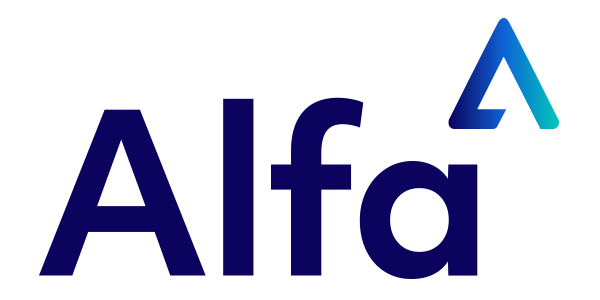
In today’s fast-changing business environment, software transformations are helping asset financers keep their clients abreast of rapid developments. Implementing new technology is crucial for meeting evolving customer preferences and regulatory requirements. Striving for software supremacy while maintaining efficiency and managing the risks of transformation is a tricky challenge – but one businesses are proving equal to.
Constant innovation has proved key to meeting market demands. For example, Software-as-a-Service (SaaS) is becoming a popular model; vendors host software on a public cloud to expedite deployment and troubleshooting for users, all while taking care of maintenance and support. The model frees up asset manager to focus on core business operations.
But there is one oft-overlooked dimension – people. Without getting buy-in from the people using novel software solutions on a day-to-day basis, all the technical effort that goes into a transformation will be wasted. Thankfully, just as new models are hitting the market to ease the software transformation process, so too are techniques for ensuring stakeholders are content with the outcome.
The value of people
At the core of successful software transformations is a robust project framework. Leadership is a crucial prior component; business leaders must champion technology and its role in a broader commercial vision for all teams, ensuring that new technology delivers genuine value. Doing so fosters buy-in, galvanizing collective commitment and helping to overcome challenging project phases. It also helps to counter overextension of scope and resources. Without well-informed direction, in-house development can spiral into increased costs and extended timelines; projects must explore procurement opportunities upfront, meticulously evaluating vendor solutions against the requirements of a software transformation.
With the project parameters set out and a strong chain of command in place, establishing governance structures gives individual teams security about where they fit in. Failure to do so can lead to aimless, delayed projects. Defining roles and responsibilities is paramount, empowering subject matter experts to make decisions, reducing decision fatigue and enhancing ownership. But structuring should not mean siloing – governance needs to be based on collective effort rather than hierarchical diktats. Ensuring that disparate teams are united behind a common goal will enable information sharing, feature prioritisation and meeting of key targets.
A third key facet of a people-focussed successful software transformation is resourcing. How this resourcing should be managed depends entirely on the nature and scope of the project. But at all points in the decision-making process, it is crucial to involve both technical and business perspectives. Technical teams know what they need to fulfil a brief and when. Representatives from the business side help assess defects accurately and align resourcing requests with core requirements. Connecting the two means better decision-making, enhancing the project’s success.
And at all times clear communication is critical. Siloed teams can lead to missed requirements, lack of ownership and delayed deliveries. Communication between project teams and the wider organisation is just as important as collaboration between the project teams themselves. Demonstrating the value of new approaches can build excitement and prepare teams for change. A well-communicated leadership vision provides context, fosters team alignment, and paves the way for success.
People powered partnerships
In the dynamic realm of technology, the success of large, complex software transformation projects often hinges on the strength of partnerships with external vendors and experts. But this raises new questions: who those vendors should be, and how to choose the right ones.
One of the key factors that can make or break a software transformation project is the chosen vendor’s implementation methodology. A clear understanding of the vendor’s approach helps shape the project’s vision and significantly reduces time and effort spent on trial and error process. Vendors with a strong track record bring a wealth of experience to the table, instilling confidence in their methodology. And this methodology should align within the end-product itself; there are post-implementation costs to consider in the longer term surrounding maintenance and training, costs that can be reduced with a methodology that is clear and consistent with wider business objectives from the outset.
Another pivotal aspect of the procurement process is a partnership’s cultural compatibility. With environmental, social, and governance (ESG) credentials increasingly in the spotlight, selecting a partner that complements an organisation’s core values can yield significant benefits in maintaining the project’s focus.
Ultimately, the relationship between the project and the partner is as vital as the initial choice partner itself. Trust and confidence are the cornerstones of this relationship, built on myriad selection criteria – but firms may rest assured that, while large, complex software replacement projects may be infrequent for an organisation, they are experienced vendors’ bread and butter. These vendors draw upon their extensive experience to offer valuable insights in planning, implementation and adaptation of guidance based on the project’s progress. Their ability to spot emerging issues and mitigate risks based on past experience can bring about success all the faster.
Success hinges on people in the intricate world of asset finance – those who are using innovative software as much as those responsible for rolling it out. Alfa’s decades of experience in the realm of asset finance has given it unparalleled insight into the barriers that need to be surmounted. And the firms’ adaptable implementation methodology, Alfa Delivery, is tailored to businesses of all sizes and needs. Follow the link below to find out more:
https://www.alfasystems.com/news-and-insights/innovation-in-implementation-series


